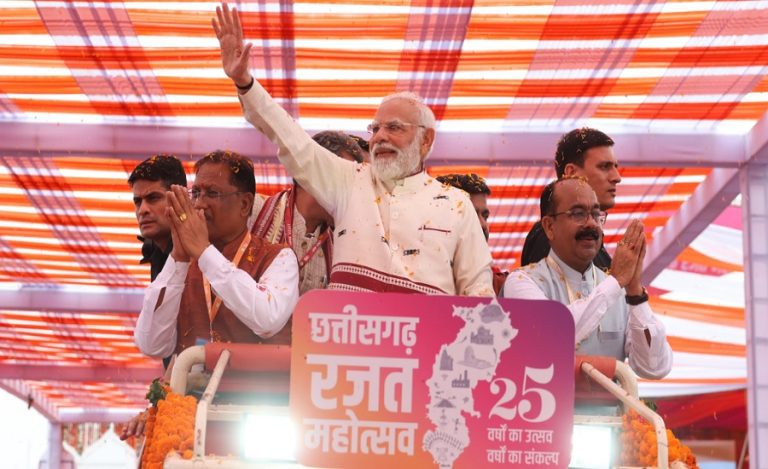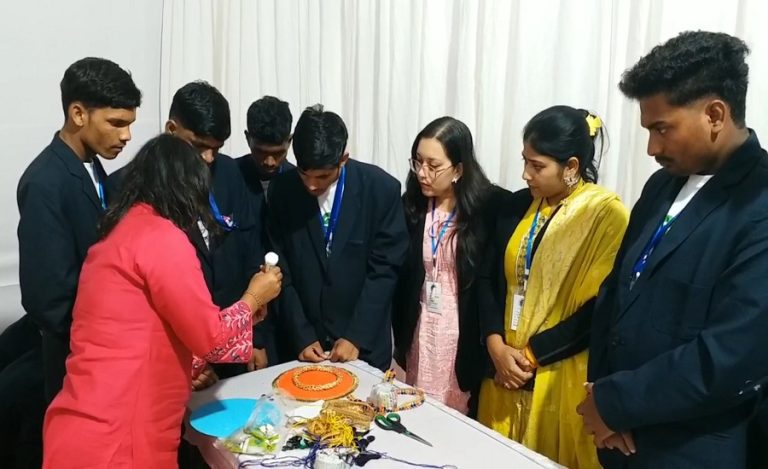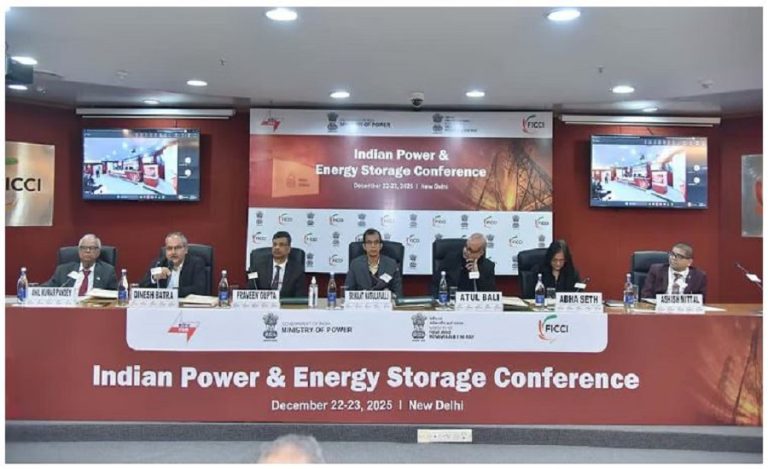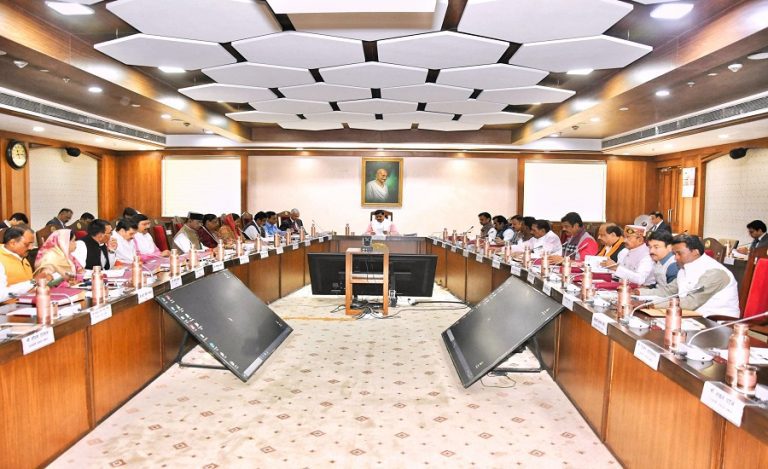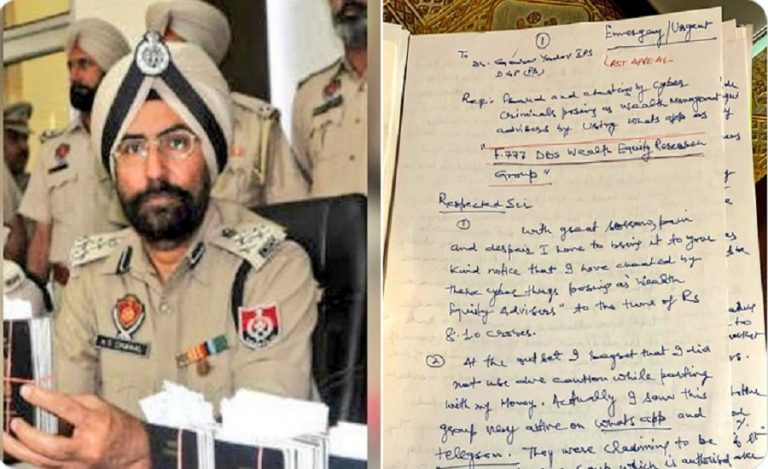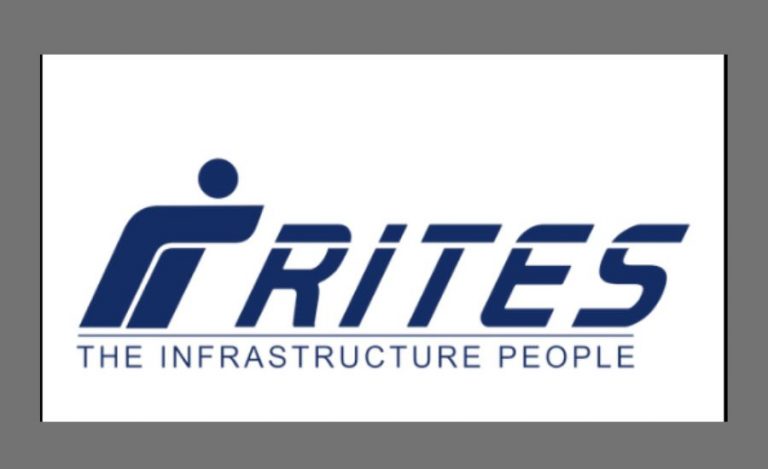As the 7th Pay Commission concludes on December 31, 2025, anticipation is rising across the central government workforce regarding a potential game-changing reform — the merger of Dearness Allowance (DA) with Basic Pay. This reform, expected under the upcoming 8th Pay Commission, could significantly enhance transparency, boost employee morale, and streamline pension calculations.
What Dearness Allowance Means for Employees
Dearness Allowance (DA) serves as a vital cost-of-living adjustment provided to government employees and pensioners to offset inflationary pressures. Revised twice annually based on the Consumer Price Index for Industrial Workers (CPI-IW), DA currently stands at 58% as of July 2025 and is projected to touch 60.61% by January 2026.
Historically, when DA exceeds 50%, it has been merged with the basic pay — a practice adopted during the 5th and 6th Pay Commissions. However, the 7th Pay Commission did not follow this precedent, leading many employees and pensioners to advocate for the long-awaited adjustment.
8th Pay Commission: A Reform-Oriented Approach
The 8th Pay Commission, scheduled for implementation from January 1, 2026, is expected to introduce the merger of DA with basic pay, effectively resetting DA to zero and recalculating salaries using a revised fitment factor estimated between 1.83 and 2.86.
This reform aims to:
- Simplify the existing salary structure
- Make pay scales more inflation-responsive
- Enhance pensionary benefits tied to basic pay
Such an approach would align government compensation mechanisms with modern administrative and fiscal management standards.


